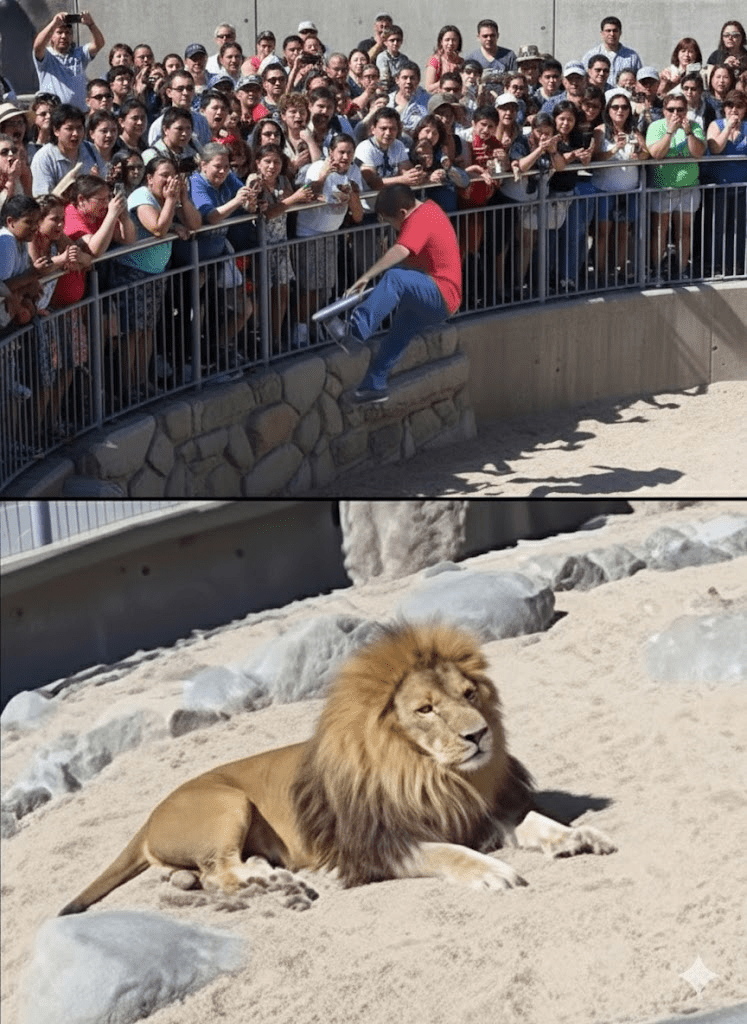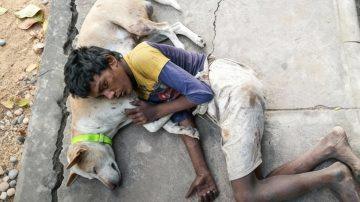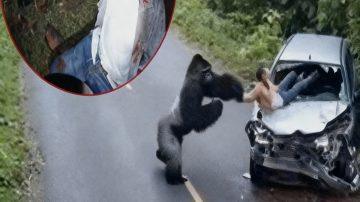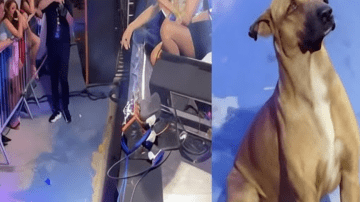The hum of a typical Tuesday afternoon at the grand savanna exhibit was shattered by a collective gasp. Onlookers watched in horror as a young boy, later identified as 8-year-old Leo, who is on the autism spectrum, deftly slipped beneath a seemingly impenetrable safety rail. Before any staff could react, Leo had scaled the short retaining wall and, with an almost ethereal calm, dropped into the expansive, sandy enclosure of Kwan, the zoo’s magnificent 400-pound African lion. The scene unfolded with a terrifying grace, a ballet of impending disaster that seemed destined for tragedy. Panic rippled through the crowd, mothers clutching their children, fathers reaching for phones, all braced for the inevitable, brutal display of nature red in tooth and claw. Yet, what transpired next defied every expectation, every biological imperative, and every shred of conventional wisdom regarding human-animal interaction.

Kwan, who had been lazily basking in a patch of sun-warmed sand, initially lifted his massive head, his amber eyes focusing intently on the small intruder. There was a moment of frozen stillness, the air thick with suspended breath. Instead of the thunderous roar or predatory lunge everyone anticipated, the lion remained prone, merely observing. Leo, oblivious to the terror he had ignited in the hearts of the spectators, walked directly towards the apex predator, his small frame dwarfed by the lion’s imposing presence.

What happened next defied all logic and expectation. Leo reached the majestic beast, and with the innocent confidence only a child could possess, he leaned in, wrapping his slender arms around Kwan’s immense, shaggy mane. He pressed his face against the lion’s fur, whispering softly, a sound indiscernible to the terrified onlookers, yet seemingly understood by the ancient hunter. For nearly a minute, they remained in this extraordinary tableau – a predator and a child, in an embrace that transcended the wild and the tame.







